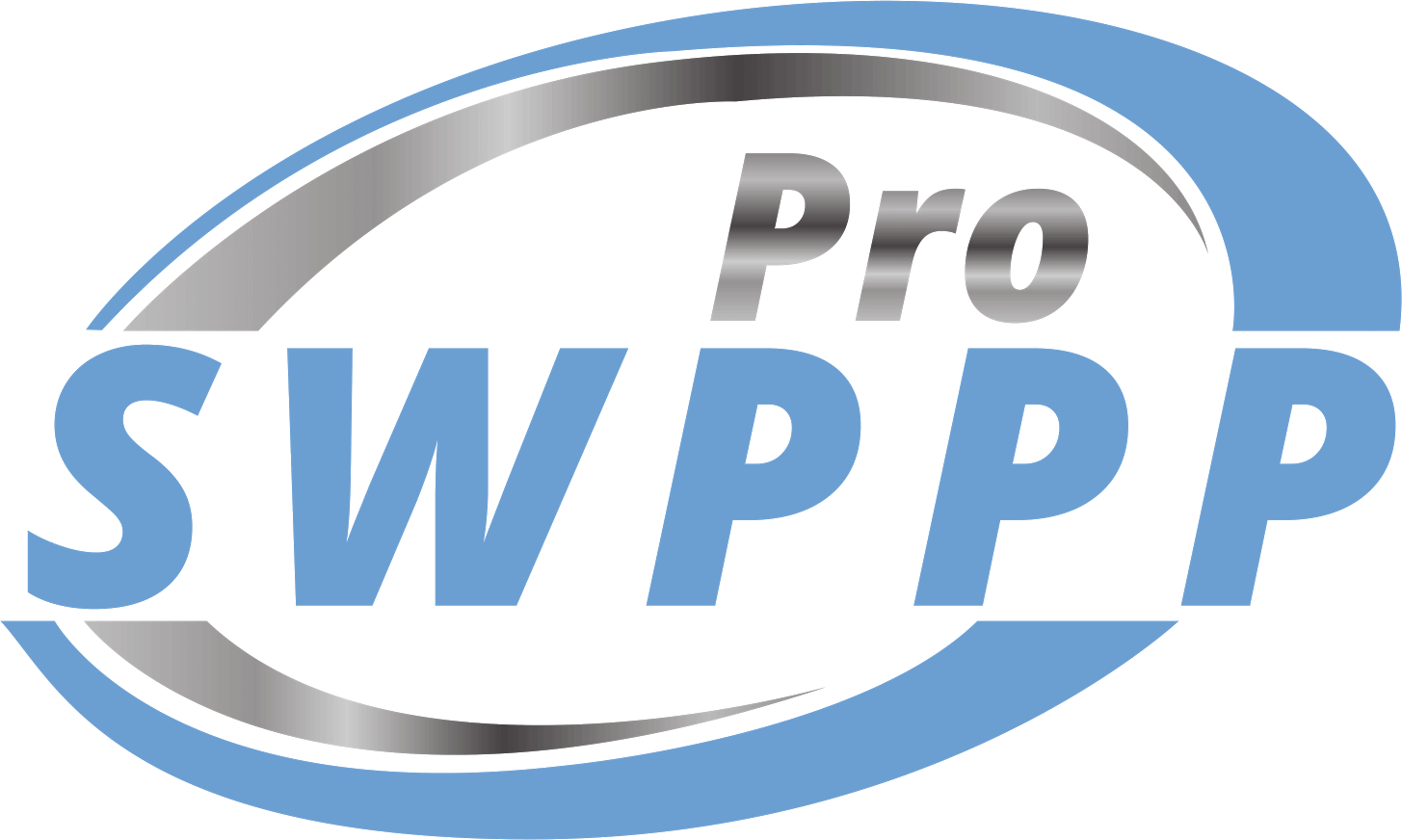Acquiring an SWPPP permit is a starting step but the main aspect of the permit is to understand the implementation process that makes the strategy work in the first place. The SWPPP inspections are a huge aspect of this implementation process. You have to understand that the SWPPP authorities will work closely on the implementation plan with the construction project. In the light of this information, here are a few details that you should expect f the process and prepare to cooperate fully for the most successful implementation of the strategy for an environment friendly construction project.
Main responsibilities of SWPPP inspectors
For all over compliance to the SWPPP permit, the local authorities will appoint responsible personnel with full knowledge of the EPA SWPPP guidance and the protocols to enforce these steps for major construction projects. Usually the SWPPP inspector is also experienced in a Sediment control BMP to help with the complete implementation of the plan for the environment protection.
SWPPP inspection requirements
The on-site personnel of the construction site need to be aware that the requirements of their SWPPP permit is based solely on the implementation process and they have to work closely with the SWPPP inspector to get the best protocol in place to attain fast stabilization of the process. The proper installation, functionality, and maintenance of each BMP identified within the SWPPP permit is a major part of the inspection requirements.
Cooperation with inspections
The SWPPP enlists the need for these site inspections and clearly states that the operator has to make it possible for authorized inspectors to conduct these inspections and put protocols in place for effective implementation of the process. The operator also has to make it possible for the SWPPP inspector to familiarize themselves with the roper permit conditions and installations that have been mentioned in the permit. Inspections will also include the areas for storage and any areas appointed for vehicle maintenance within the construction premises.
Reporting and steps for self-monitoring
According to current SWPPP guidance, inspections for sites have to be conducted at least once for every 14-work days. The inspection is also mandatory within 24 hours of any major storm or heavy rainfall occurrence. This includes rainfall above 0.25 inches within a 24-hour period, particularly in the case of active construction sites. It is important to follow these protocols to check the storm water runoff prevention strategies in real time. Any area, which needs to be restructured within the strategy, needs to be documented within a certain timeline and implementation has to be started accordingly to stop discharge contamination further.

